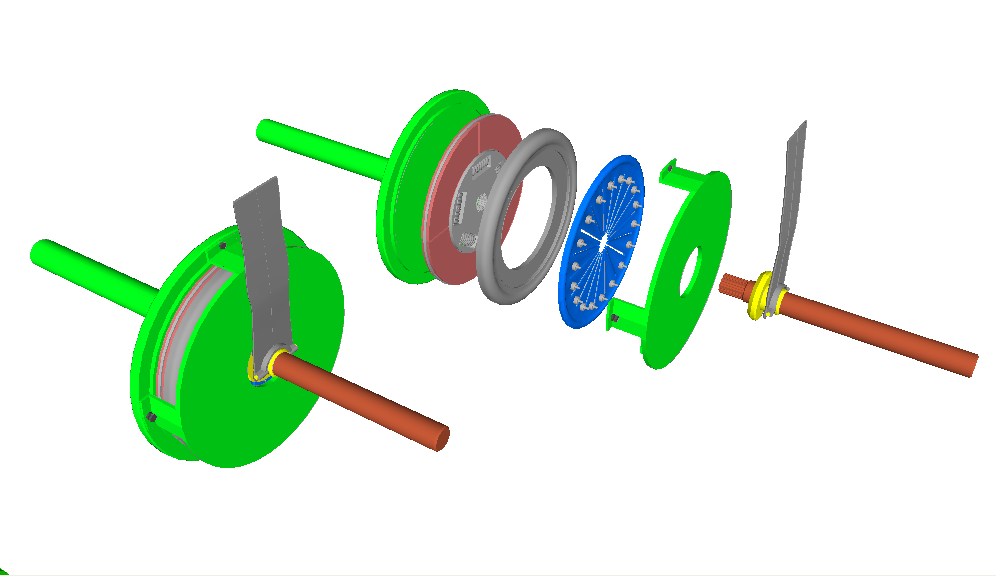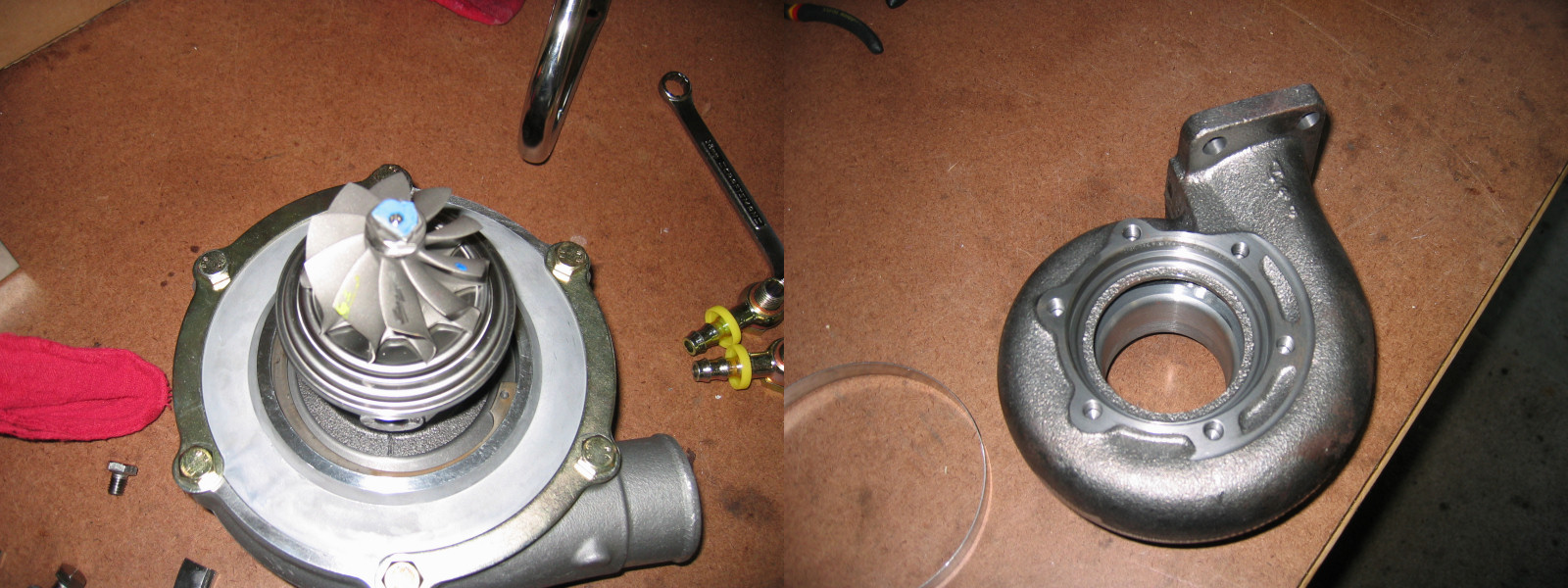|
Heel-and-toe Shifting
Heel-and-toe shifting is an advanced driving technique used mostly in performance driving with a manual gearbox, although some drivers use it on the road in everyday conditions in the interest of effectiveness. It involves operating the throttle and brake pedals simultaneously with the right foot, while facilitating normal activation of the clutch with the left foot. It is used when braking and downshifting simultaneously (prior to entering a turn), and allows the driver to "blip" the throttle to raise the engine speed and smoothly engage the lower gear. (See synchronized transmission.) Usage Heel-and-toe shifting is used before entry into a turn while a vehicle is under braking, preparing the transmission to be in the optimal range of rpm to accelerate out of the turn. One benefit of downshifting before entering a turn is to eliminate the jolt to the drivetrain, or any other unwanted dynamics. The jolt will not upset the vehicle as badly when going in a straight line, but the sa ... [...More Info...] [...Related Items...] OR: [Wikipedia] [Google] [Baidu] |
YouTube
YouTube is a global online video platform, online video sharing and social media, social media platform headquartered in San Bruno, California. It was launched on February 14, 2005, by Steve Chen, Chad Hurley, and Jawed Karim. It is owned by Google, and is the List of most visited websites, second most visited website, after Google Search. YouTube has more than 2.5 billion monthly users who collectively watch more than one billion hours of videos each day. , videos were being uploaded at a rate of more than 500 hours of content per minute. In October 2006, YouTube was bought by Google for $1.65 billion. Google's ownership of YouTube expanded the site's business model, expanding from generating revenue from advertisements alone, to offering paid content such as movies and exclusive content produced by YouTube. It also offers YouTube Premium, a paid subscription option for watching content without ads. YouTube also approved creators to participate in Google's Google AdSens ... [...More Info...] [...Related Items...] OR: [Wikipedia] [Google] [Baidu] |
Automobile Pedal
Car controls are the components in automobiles and other powered road vehicles, such as trucks and buses, used for driving and parking. While controls like steering wheels and pedals have existed since the invention of cars, other controls have developed and adapted to the demands of drivers. For example, manual transmissions became less common as technology relating to automatic transmissions became advanced. Earlier versions of headlights and signal lights were fueled by acetylene or oil. Acetylene was preferred to oil, because its flame is resistant to both wind and rain. Acetylene headlights, which gave a strong green-tinted light, were popular until after World War I; even though the first electric headlights were introduced in 1898 (and those were battery-powered), it wasn't until high-wattage bulbs and more powerful car electrical generating systems were developed in the late 1910s that electric lighting systems entirely superseded acetylene. Steering The first automob ... [...More Info...] [...Related Items...] OR: [Wikipedia] [Google] [Baidu] |
Clutch
A clutch is a mechanical device that engages and disengages power transmission, especially from a drive shaft to a driven shaft. In the simplest application, clutches connect and disconnect two rotating shafts (drive shafts or line shafts). In these devices, one shaft is typically attached to an engine or other power unit (the driving member), while the other shaft (the driven member) provides output power for work. Typically the motions involved are rotary, but linear clutches also exist. In a motor vehicle, the clutch acts as a mechanical linkage between the engine and transmission, and briefly disconnects, or separates the engine from the transmission system. This disconnects the drive wheels whenever the clutch pedal is depressed, allowing the driver to smoothly change gears. In a torque-controlled drill, for instance, one shaft is driven by a motor, and the other drives a drill chuck. The clutch connects the two shafts so they may be locked together and spin at the ... [...More Info...] [...Related Items...] OR: [Wikipedia] [Google] [Baidu] |
Gear
A gear is a rotating circular machine part having cut teeth or, in the case of a cogwheel or gearwheel, inserted teeth (called ''cogs''), which mesh with another (compatible) toothed part to transmit (convert) torque and speed. The basic principle behind the operation of gears is analogous to the basic principle of levers. A gear may also be known informally as a cog. Geared devices can change the speed, torque, and direction of a power source. Gears of different sizes produce a change in torque, creating a mechanical advantage, through their ''gear ratio'', and thus may be considered a simple machine. The rotational speeds, and the torques, of two meshing gears differ in proportion to their diameters. The teeth on the two meshing gears all have the same shape. Two or more meshing gears, working in a sequence, are called a gear train or a '' transmission''. The gears in a transmission are analogous to the wheels in a crossed, belt pulley system. An advantage of gears is tha ... [...More Info...] [...Related Items...] OR: [Wikipedia] [Google] [Baidu] |
Manual Transmission
A manual transmission (MT), also known as manual gearbox, standard transmission (in Canada, the United Kingdom, and the United States), or stick shift (in the United States), is a multi-speed motor vehicle transmission (mechanics), transmission system, where gear changes require the driver to manually select the gears by operating a gear stick and clutch (which is usually a foot pedal for cars or a hand lever for motorcycles). Early automobiles used ''sliding-mesh'' manual transmissions with up to three forward gear ratios. Since the 1950s, ''constant-mesh'' manual transmissions have become increasingly commonplace and the number of forward ratios has increased to 5-speed and 6-speed manual transmissions for current vehicles. The alternative to a manual transmission is an automatic transmission; common types of automatic transmissions are the Automatic transmission#Hydraulic automatic transmissions, hydraulic automatic transmission (AT), and the continuously variable transmissio ... [...More Info...] [...Related Items...] OR: [Wikipedia] [Google] [Baidu] |
Transmission (mechanics)
Propulsion transmission is the mode of transmitting and controlling propulsion power of a machine. The term ''transmission'' properly refers to the whole drivetrain, including clutch, gearbox, prop shaft (for rear-wheel drive vehicles), differential, and final drive shafts. In the United States the term is sometimes used in casual speech to refer more specifically to the gearbox alone, and detailed usage differs. The transmission reduces the higher engine speed to the slower wheel speed, increasing torque in the process. Transmissions are also used on pedal bicycles, fixed machines, and where different rotational speeds and torques are adapted. Often, a transmission has multiple gear ratios (or simply "gears") with the ability to switch between them as the speed varies. This switching may be done manually (by the operator) or automatically (by a control unit). Directional (forward and reverse) control may also be provided. Single-ratio transmissions also exist, which simply cha ... [...More Info...] [...Related Items...] OR: [Wikipedia] [Google] [Baidu] |
Turbocharged
In an internal combustion engine, a turbocharger (often called a turbo) is a forced induction device that is powered by the flow of exhaust gases. It uses this energy to compress the intake gas, forcing more air into the engine in order to produce more power for a given engine displacement, displacement. The current categorisation is that a turbocharger is powered by the kinetic energy of the exhaust gasses, whereas a supercharger is mechanically powered (usually by a belt from the engine's crankshaft). However, up until the mid-20th century, a turbocharger was called a "turbosupercharger" and was considered a type of supercharger. History Prior to the invention of the turbocharger, forced induction was only possible using mechanically-powered superchargers. Use of superchargers began in 1878, when sev ...[...More Info...] [...Related Items...] OR: [Wikipedia] [Google] [Baidu] |
Turbocharger
In an internal combustion engine, a turbocharger (often called a turbo) is a forced induction device that is powered by the flow of exhaust gases. It uses this energy to compress the intake gas, forcing more air into the engine in order to produce more power for a given displacement. The current categorisation is that a turbocharger is powered by the kinetic energy of the exhaust gasses, whereas a supercharger is mechanically powered (usually by a belt from the engine's crankshaft). However, up until the mid-20th century, a turbocharger was called a "turbosupercharger" and was considered a type of supercharger. History Prior to the invention of the turbocharger, |
Synchronized Down Shift Rev-matching System
Synchronized downshift rev-matching system (''SynchroRev Match'') is a technology invented by Nissan for use on the Nissan 370Z. In combination with the Engine Control Unit (ECU) and various sensors, the engine electronically blips the throttle for the driver during both downshifts and upshifts to allow for better and smoother shifting, and improved handling. Purpose When a car with a manual transmission is in motion with the clutch engaged, there is a mechanical connection between the engine and wheels which keeps them in sync with each other. When shifting, however, depressing the clutch is required. This disconnects the engine from the wheels, and the engine speed is no longer linked to that of the wheels. When upshifting, this is usually not a problem, as the tendency of the engine to reduce speed itself without gas will slow it to loosely match the lower speed of the higher gear. However, when downshifting, the engine needs to speed up to come to speed with the wheels. If ... [...More Info...] [...Related Items...] OR: [Wikipedia] [Google] [Baidu] |







